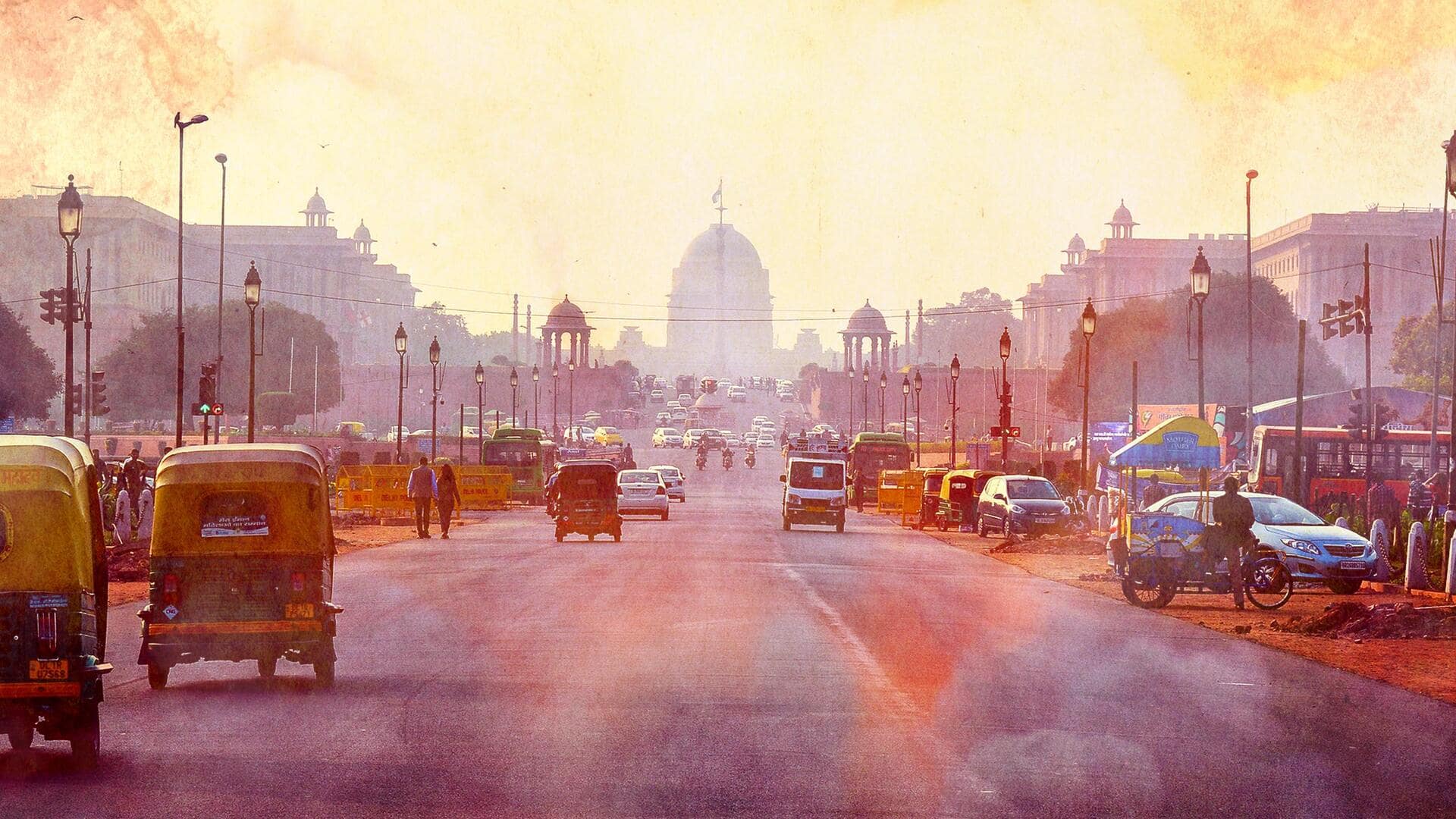
Delhi's AQI expected to improve, GRAP III in place
What's the story
Delhi's Environment Minister, Gopal Rai, said on Thursday that the city's air quality, as per experts, will improve within the next two to three days. This means that the Air Quality Index (AQI) is expected to progress from its current "very poor" status in the near future. Consequently, the Delhi government has chosen to maintain the Graded Response Action Plan (GRAP) III regulations. On Thursday, the AQI in the national capital was recorded at 388 (very poor category).
Context
Why does this story matter?
Despite a slight improvement over the weekend, the overall air quality in Delhi and the surrounding National Capital Region (NCR) has remained in the "very poor" category. The air quality degradation has primarily been attributed to lower temperatures, stubble burning, and vehicular emissions, in addition to pollution caused by firecrackers on Diwali. Delhi's Aam Aadmi Party (AAP)-led government invoked measures under Stage IV—the final stage—of the GRAP to address air pollution and enhance Delhi's air quality.
Twitter Post
Watch: Rai talks about improvement in Delhi's AQI
#WATCH | Delhi Minister Gopal Rai says, "The way wind speed is low, scientists believe that it can improve further. The government has taken the decision that until air quality improves, GRAP 3 will continue in Delhi...Other than the construction work of national importance,… pic.twitter.com/nq1Z6sNoIM — ANI (@ANI) November 23, 2023
Details
GRAP III regulations to continue in Delhi
Despite the anticipated enhancement in air quality, certain vehicles will still be prohibited under GRAP III regulations. "Under GRAP III, BS 3 petrol and BS 4 diesel vehicles are still banned," the Delhi minister told PTI. Just recently, authorities lifted GRAP Stage IV in Delhi. The Commission for Air Quality Management (CAQM) lifted the restrictions after determining that the AQI in the national capital had not deteriorated further in the past few days.
What Next?
Importance of maintaining air quality measures
The decision to persist with GRAP III regulations showcases the AAP government's dedication to upholding air quality measures, even as conditions improve. By retaining the ban on specific vehicles, such as BS-3 and BS-4 petrol and diesel vehicles, authorities aim to prevent the AQI from worsening again. This ongoing implementation of regulations highlights a proactive approach toward combating air pollution in the city.
Delhi
Some areas in Delhi report 'severe' air pollution
Meanwhile, Delhiites awoke to smog on Thursday, with air pollution levels witnessing a sharp uptick. The AQI in Alipur stood at 411, 438 in Bawana, 413 in Dwarka, and 433 in Jahangirpuri, putting them in "severe" category. The AQI scale classifies air quality as "good" from zero to 50, "satisfactory" from 51 to 100, "moderate" from 101 to 200, "poor" from 201 to 300, "very poor" from 301 to 400, "severe" from 401 to 450, and "severe plus" above 450.